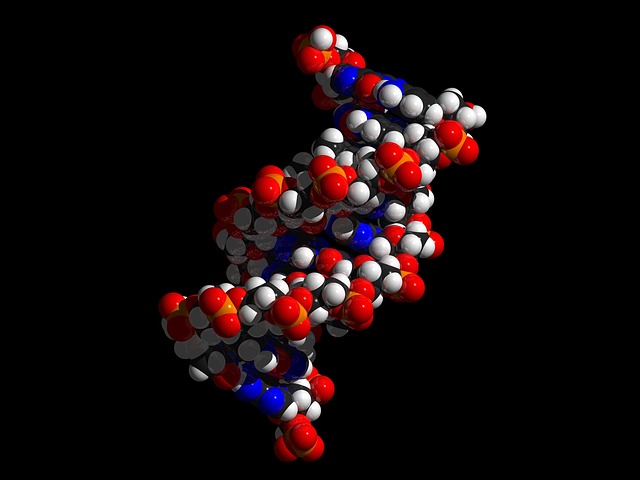
Название компании
Medicine Duke University School of Medicine
Technology
Cell Technologies
Description
The broad aim of this proposal is to determine if any of several proposed methods to quantify biological aging in humans are promising for use in trials of interventions to increase healthy lifespan. The biological process of aging is thought to drive risk for many disabling health conditions and mortality. There is evidence that trajectories of aging begin to diverge as early in life as young adulthood. If this process can be measured, it will speed development of interventions to prevent disease and disability and prolong healthy life. One measurement approach is to calculate a “biological age.” In contrast to a person’s chronological age, which counts time since birth, a person’s biological age reflects the condition of their body and mind relative to their peers.
For example, a 30-year-old person with the body and mind of an average 50-year-old would have a biological age of 50. Interventions shown to reduce biological age or slow its increase would thus be strong candidates for increasing healthy lifespan. But in order to identify such interventions, measures of biological age are needed. Several algorithms have been proposed to calculate a person’s biological age from panels of clinical biomarkers and whole-genome data on blood DNA methylation and RNA expression. These algorithms represent highly-scaleable methods ideal for implementation in intervention trials. But a critical knowledge gap is whether the algorithms actually measure the process of biological aging that, if modified, would extend healthy lifespan. The research proposed in this application aims to fill that knowledge gap by implementing and testing five of the most promising algorithms in an already-created database, the Dunedin Study. The Dunedin Study follows a population-representative birth cohort now in it’s fifth decade of life. The database includes genome-wide DNA-methylation, RNA-expression, SNP, and clinical biomarker data on 954 individuals along with extensive physical and cognitive function testing.
Research aims will test if the different algorithms measure a common process of biological aging that drives disease and disability. Studying all of the algorithms together in a young, still-healthy cohort followed over time will answer three questions:
1) Are the different algorithms related to one another, i.e. do they measure the same thing?
2) Can they measure changes occurring in young adults as their trajectories of aging begin to diverge – the time interventions would likely have their greatest benefit?
3) Do they measure real-life experiences of health decline in aging – deficits in physical and cognitive functions and subjective perceptions of aging? Results will inform which, if any, of the proposed biological aging algorithms show promise for implementation in intervention trials. This could lead immediately to their implementation in archived biospecimens from completed trials. Results will also inform future approaches to developing measures of biological aging by identifying what works and what doesn’t.
A brief sketch of the budget is as follows:
A Dunedin Study data manager at 10% effort to prepare necessary analysis files and bank generated variables in the Study’s data dictionary for use by future research teams ($7,000 in direct costs).
A PhD biostatistician 10% effort to assist with statistical analysis ($10,000 in direct costs).
A PhD bioinformatician at 10% effort to assist with analysis of genomic databases ($12,000 in direct costs).
My own effort is covered at 40% to supervise the project, conduct primary analyses, and prepare reports for publication ($42,000 in direct costs).
For example, a 30-year-old person with the body and mind of an average 50-year-old would have a biological age of 50. Interventions shown to reduce biological age or slow its increase would thus be strong candidates for increasing healthy lifespan. But in order to identify such interventions, measures of biological age are needed. Several algorithms have been proposed to calculate a person’s biological age from panels of clinical biomarkers and whole-genome data on blood DNA methylation and RNA expression. These algorithms represent highly-scaleable methods ideal for implementation in intervention trials. But a critical knowledge gap is whether the algorithms actually measure the process of biological aging that, if modified, would extend healthy lifespan. The research proposed in this application aims to fill that knowledge gap by implementing and testing five of the most promising algorithms in an already-created database, the Dunedin Study. The Dunedin Study follows a population-representative birth cohort now in it’s fifth decade of life. The database includes genome-wide DNA-methylation, RNA-expression, SNP, and clinical biomarker data on 954 individuals along with extensive physical and cognitive function testing.
Research aims will test if the different algorithms measure a common process of biological aging that drives disease and disability. Studying all of the algorithms together in a young, still-healthy cohort followed over time will answer three questions:
1) Are the different algorithms related to one another, i.e. do they measure the same thing?
2) Can they measure changes occurring in young adults as their trajectories of aging begin to diverge – the time interventions would likely have their greatest benefit?
3) Do they measure real-life experiences of health decline in aging – deficits in physical and cognitive functions and subjective perceptions of aging? Results will inform which, if any, of the proposed biological aging algorithms show promise for implementation in intervention trials. This could lead immediately to their implementation in archived biospecimens from completed trials. Results will also inform future approaches to developing measures of biological aging by identifying what works and what doesn’t.
A brief sketch of the budget is as follows:
A Dunedin Study data manager at 10% effort to prepare necessary analysis files and bank generated variables in the Study’s data dictionary for use by future research teams ($7,000 in direct costs).
A PhD biostatistician 10% effort to assist with statistical analysis ($10,000 in direct costs).
A PhD bioinformatician at 10% effort to assist with analysis of genomic databases ($12,000 in direct costs).
My own effort is covered at 40% to supervise the project, conduct primary analyses, and prepare reports for publication ($42,000 in direct costs).